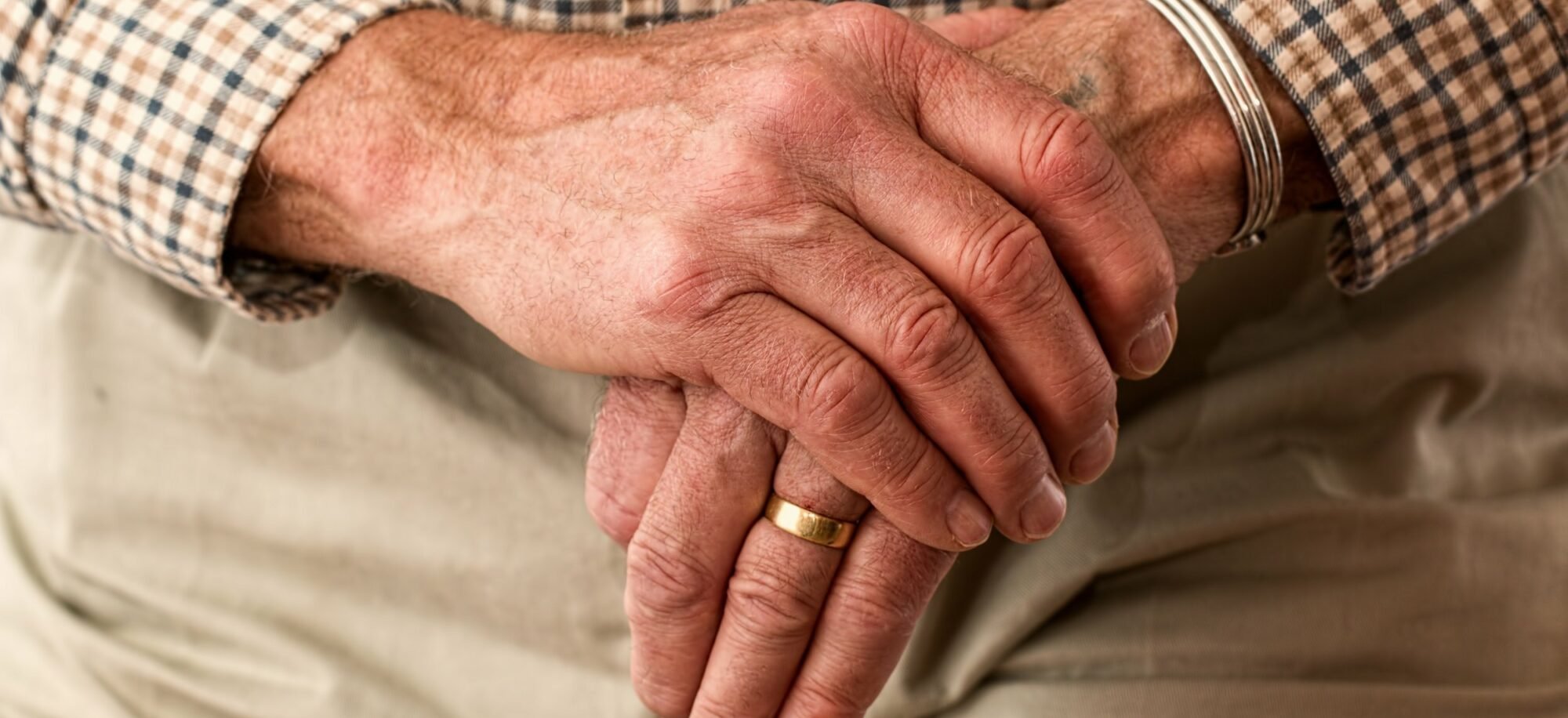Parkinson's Disease
Parkinson’s Introduction
Parkinson's disease is a neurological disorder that affects movement and can significantly impact a person's daily life. The condition is caused by the gradual degeneration of the brain cells that produce dopamine, a chemical that helps control movement. While there is no cure for Parkinson's disease, there are various treatments that can help manage symptoms and improve quality of life.
As the disease progresses, it can cause a wide range of symptoms that can make it difficult for people with Parkinson's to live independently. However, with the right support and care, many people with Parkinson's can remain in their own homes and maintain a good quality of life.
Symptoms of Parkinson's and Impact on Daily Life
Parkinson's disease affects each person differently, and the symptoms can range from mild to severe. Parkinson's disease is primarily known for the motor symptoms it causes, such as tremors, stiffness, and slowness of movement. One of the most significant impacts of Parkinson's disease is on mobility. People with Parkinson's often experience stiffness and rigidity in their muscles, making it difficult to move around freely. They may also experience tremors, which can affect their ability to perform fine motor tasks, such as buttoning a shirt or holding a pen.
These symptoms can affect a person's ability to perform everyday tasks such as getting dressed, brushing their teeth, and preparing meals. Additionally, people with Parkinson's disease may experience non-motor symptoms such as cognitive impairment, depression, anxiety, and sleep disorders.
As the disease progresses, symptoms may become more severe, and it may become increasingly challenging for a person with Parkinson's to manage their daily life independently. This can be particularly challenging if the person lives alone, as they may require assistance with various tasks.
Another significant impact of Parkinson's disease is on communication. Many people with Parkinson's experience difficulty with speech and writing, making it hard to communicate effectively with others. This can lead to social isolation and feelings of frustration and loneliness.
Supporting People with Parkinson's to Remain in Their Own Home
Adapt the home environment
Adapting the home environment can help make daily life easier for a person with Parkinson's. This might include installing grab bars in the bathroom, adding handrails to stairs, and reducing trip hazards by removing rugs and clutter. Some people may also benefit from assistive devices, such as raised toilet seats or shower chairs, to help them maintain their independence.Assistive devices
Assistive devices can help a person with Parkinson's to manage their daily tasks more easily. This may include devices such as button hooks, reachers, and sock aids, which can assist with dressing, as well as devices such as jar openers and adaptive utensils to assist with meal preparation. There are also various technologies available that can help with medication management and monitoring symptoms.Personal care support
As Parkinson's disease progresses, a person may require assistance with personal care tasks such as bathing, dressing, and grooming. Personal care support can be provided by family members, friends, or a professional caregiver. It is essential to ensure that the caregiver is trained in the specific needs of a person with Parkinson's, such as the correct way to help with transfers and mobility.Home health care services
Home health care services can provide additional support to a person with Parkinson's disease. These services may include skilled nursing care, physical therapy, occupational therapy, and speech therapy. These services can help manage symptoms, improve mobility and strength, and provide education on how to manage Parkinson's disease.Exercise and Physical Therapy
Exercise and physical therapy can help people with Parkinson's disease maintain their mobility and improve their balance and coordination. A physical therapist can work with the person to develop an exercise program that is tailored to their needs and abilities. This might include stretching exercises, strength training, and balance exercises. Regular exercise can also help improve mood and reduce the risk of falls.Medication Management
Managing medication is an essential part of managing Parkinson's disease. People with Parkinson's may need to take several different medications to manage their symptoms, and it is essential to take them at the right time and in the correct dose. A care professional can work with the person to develop a medication schedule and ensure that they are taking their medications correctly.Social support
Social support is essential for a person with Parkinson's disease to maintain their mental health and well-being. This may include connecting with support groups, attending Parkinson's disease education programs, and participating in social activities. It may also be helpful for family members and friends to visit regularly to provide emotional support and social interaction.
Conclusion
Parkinson's disease can have a significant impact on daily life, both for the person with the disease and their caregivers. However, with the right support, a person with Parkinson's can remain in their own home and maintain their independence for as long as possible. Adapting the home environment, using assistive devices, providing personal care support, accessing home health care services, and providing social support are all important ways to support a person with Parkinson's disease to live comfortably and safely in their own home. It is essential to remember that each person with Parkinson's disease may experience symptoms differently, and therefore, support should be tailored to meet their individual needs. By working together with healthcare professionals, family members, and caregivers, it is possible to provide the necessary support for a person with Parkinson's to live a fulfilling and meaningful life at home.

